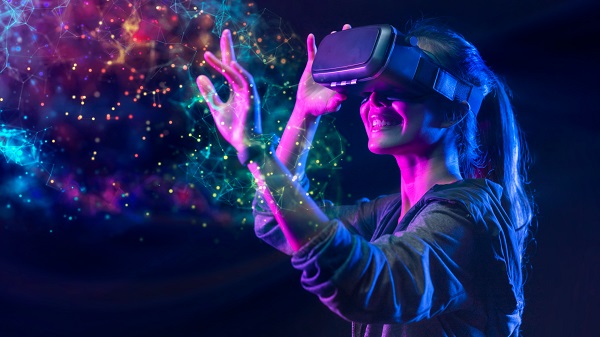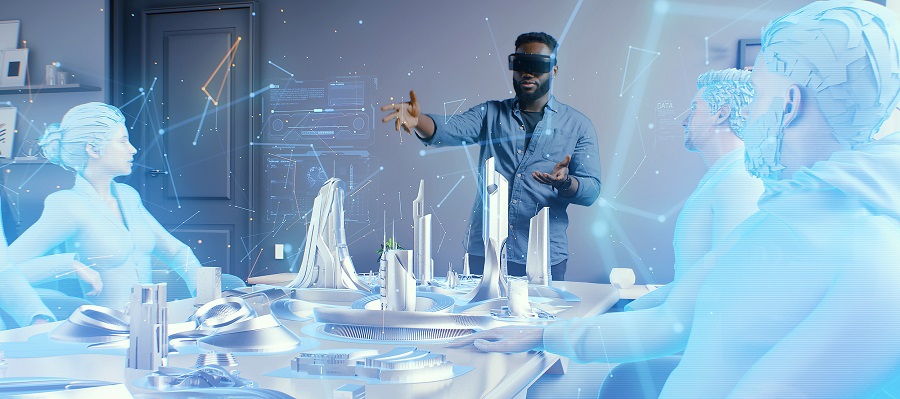Virtual Reality: A New Frontier for Global Change

Embark on a journey through the fascinating world of Virtual Reality (VR) and discover how this groundbreaking technology is poised to revolutionize our lives. This article explores VR’s definition, current uses, benefits, drawbacks, and its future prospects.
What is Virtual Reality?
Virtual Reality is an immersive digital experience that replicates an environment or simulates a presence in real or imagined worlds. It uses computer technology to create a three-dimensional, interactive world that can be explored by a person using specialized VR headsets.
The concept of VR has been evolving rapidly, with advancements in graphics, user interfaces, and sensory feedback systems, making the virtual world more realistic and engaging than ever before.
How VR is Used Now
Currently, VR is being used across various sectors. In gaming, it offers an immersive experience, transporting players into the heart of the action. In education, VR is used for interactive learning, simulating historical events, scientific processes, or even distant galaxies for students.
In healthcare, VR assists in surgical training, patient rehabilitation, and therapy. Businesses use VR for virtual meetings, product design, and customer service enhancements. Furthermore, VR plays a significant role in military training and architectural visualization.
Benefits of Virtual Reality
VR’s benefits are vast and varied. It enables experiential learning, providing a deeper understanding and retention of information. In healthcare, VR enhances patient care and medical training, allowing simulations of complex procedures. VR in business can lead to innovative product designs and immersive customer experiences.
Moreover, VR can bridge geographical distances, facilitating remote collaboration and communication in various fields. It also opens new avenues in entertainment, offering unparalleled gaming and cinematic experiences.

Drawbacks of Virtual Reality
Despite its benefits, VR faces challenges and drawbacks. One significant issue is the high cost of VR technology, making it less accessible to the general public. There’s also the risk of VR addiction, with users potentially preferring the virtual world over reality.
Furthermore, prolonged use of VR can cause physical discomfort, such as eye strain, dizziness, and disorientation. There are also concerns about privacy and data security in virtual spaces.
Prospects of Virtual Reality Technology
Looking ahead, the prospects of VR technology are immense. As hardware becomes more affordable and content more diverse, VR is set to become more integrated into our daily lives. It holds the potential to transform industries, enhance learning, and offer new forms of entertainment.
The continual evolution of VR indicates its capacity to create significant impacts across sectors, making it a technology that holds promise for the future.
